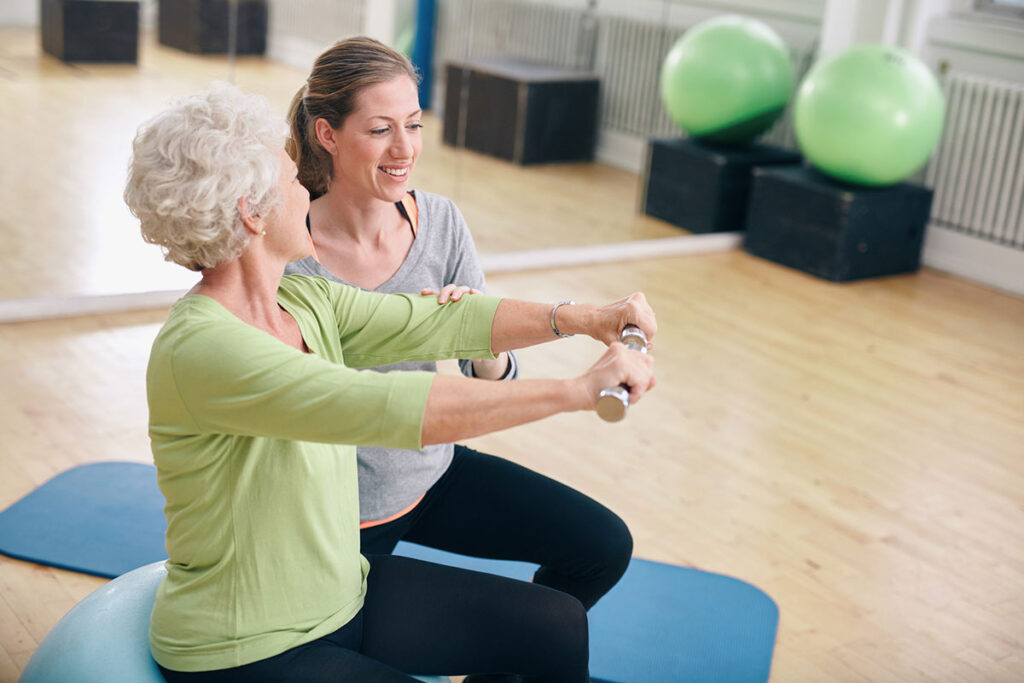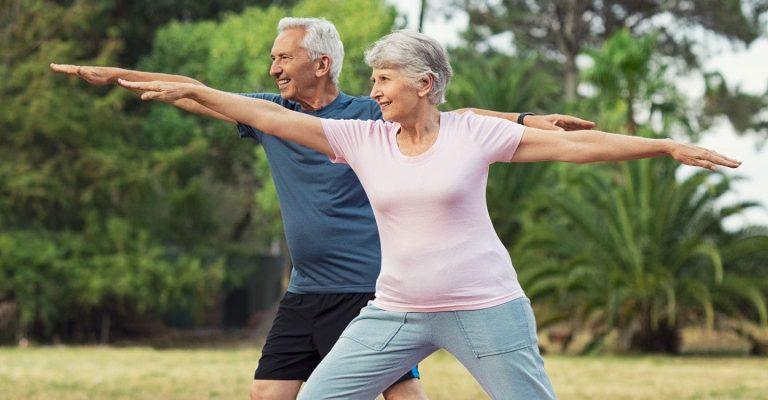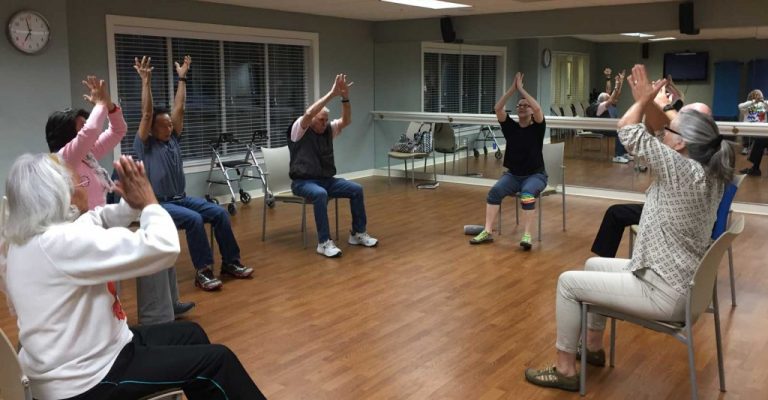
Welcome to the Topic “Parkinson’s disease rehabilitation”
Parkinson’s disease is a neurological disorder that results in uncontrolled and uncoordinated motor movements. It might initially manifest as tremors and shaking but over time, the symptoms worsen and lead to extreme difficulty in balancing oneself and moving regularly; at this point, some may even struggle with walking and talking.
Several therapies are used to combat Parkinson’s disease, some of the most widely used being deep brain stimulation and physiotherapy. In any case, before trying any sort of therapy, it is crucial to consult your doctor; trying out rehab for Parkinson’s is no easy feat, and you must not attempt it without the supervision of a team of health professionals.
Because Parkinson’s is a disease that affects motor movements, it is common practice to resort to physiotherapy and exercises to treat the patients. Professionals experienced in physical rehabilitation can expertly guide individuals regarding movements that will help them find the balance and strength needed for accurate movements. Physical therapy also helps create the muscle required to perform those actions; patients may lose this strength since the onset of the disease, so it is crucial to build this foundation as patients begin regaining their sense of control of their movements. This is a guide to rehabilitation for Parkison’s disease.
There is no one right way for rehabilitation. No matter the disease and the stage of illness, it is crucial to set individual goals with your therapist. Although some common therapeutic interventions are used by all therapists, setting personal goals with them can help them cater the treatment to your particular conditions. Trying to apply a general form of training and therapy will not benefit your condition, so it is crucial to sort out your aims and goals of training with your therapist. That way, they will know precisely which areas to target and how to facilitate you to the best of their abilities.

By definition, reciprocal means corresponding. When applied to treatments, reciprocal patterns include similar movements that correspond to each other—for example, walking as you move your arms. Such simple actions, which we usually don’t have to think twice about, are affected by Parkinson’s disease, so it is understandable why these are a focal point to target in physical therapies. The idea is to create a sense of rhythm in the movements to slow the progression of poor coordination in patients with Parkinson’s. The treatment may be started by encouraging patients to walk while performing another action, such as swinging their arms or singing in a rhythm. Over time, they may be prompted to try a more complex physical therapy that involves coordinating movements, such as tai chi.
Parkison’s disease is a brain disorder that affects your sense of balance. This sense of balance is usually created through visual stimuli, the inner ear, and the sense of your feet touching the ground. With the onset of Parkinson’s, this balance is affected and often lost. It involves one of the most significant tasks in your life: walking. In this situation, gait training is the most commonly administered physical therapy. Because the gait of a Parkinson’s patient becomes more unstable as the disease prevails, it is crucial to help them practice to walk as they used to. It seems like a minor issue that you need a bit of extra help to walk, but remember that it is much more challenging to teach an adult how to walk regularly than it is for a child. A professional will be able to help such a patient and aid them in understanding and implementing other ways they can make up for their loss in balance.
One type of physical therapy is known as Amplitude Training, alternatively known as LSVT or Lee Silverman Voice Treatment. Amplitude generally means magnitude; according to this definition, Amplitude Training requires the patient to make exaggerated physical movements. In other words, increase the magnitude of regular movements. A patient who has Parkinson’s may be used to shuffling and jerking slightly. So, by making exaggerated movements, they get used to making slower, bigger movements that slow the progression of the small movements.

Parkison’s disease causes small, jerky, and uncontrolled movements. While these movements are a separate issue, it is essential to keep in mind the effect they may have on the patient’s body. Typically, we are used to coordinated movements and fluid patterns. When that connection and coordination are disturbed, it is only natural that it takes a toll on your body. Patients with Parkisons’ disease might experience tightness in their bodies and additional pain in their muscles. One of the most common exercises to combat that soreness and stiffness is to stretch regularly. Flexibility becomes a key asset for patients with Parkinson’s disease, and helping them build that flexibility through stretching exercises becomes crucial.
As mentioned earlier, another aim of physiotherapy is to rebuild the muscle strength needed to perform coordinated movements. This is particularly important for older patients of Parkison’s as muscles naturally weaken as the patient grows older. However, it is important to remember that depending on the stage of the disorder, younger patients may face precisely the same issue. For strength training issues, patients may be asked to do resistance exercises developed to build strength within their bodies. A resistance band may be used as an initial exercise because it is a reasonably safe option compared to dumbbells. Throughout the therapy, the patient may be encouraged to branch out to different resistance training, such as pool-based therapy, in which the water’s resistance is used to strengthen the body.
Parkinson’s does not only affect the movements of your limbs; it also affects the actions of your mouth. As such, Parkison’s patients may struggle with talking. For this, speech therapy is essential. Depending on the stage of the disease, the patient may find it extremely difficult to articulate themselves in any form. Speech therapies may focus on talking techniques, including non-verbal communication, conserving energy, swallowing correctly, and pronunciation guides. The Lee Silverman Voice Treatment may be particularly useful in speech correction.
Have any questions regarding the topic “Parkinson’s disease rehabilitation” feel free to comment below.
Also Read: Motion – Mind, Body, and Spirit